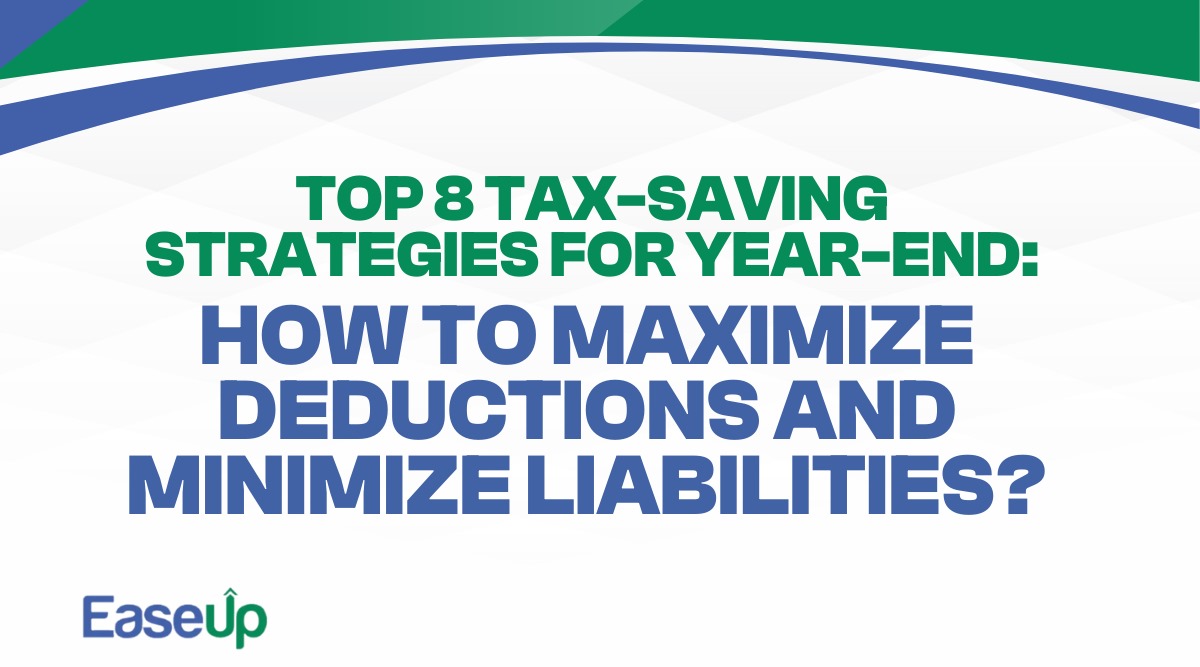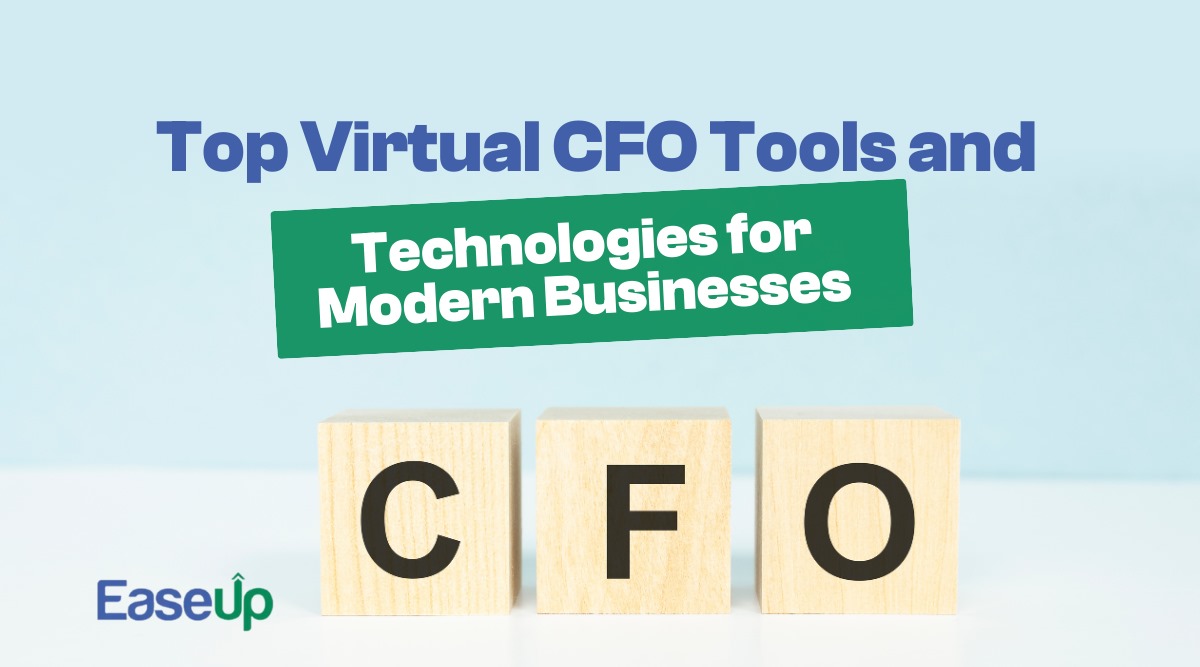

Industry-Specific Valuation Metrics – What Every Founder Should Know
Apr 04,2025

What matters for a SaaS company isn't the same as what drives the value of a biotech startup. Likewise, an e-commerce business follows different metrics than a marketplace platform.
As a founder seeking funding, you’ve likely faced these questions. Understanding and tracking the right metrics not only strengthens your pitch but also gives you better control over your business.
In this blog, we’ll break down the most critical valuation benchmarks for SaaS, e-commerce, fintech, biotech, and more—helping you track the right numbers, optimize performance, and communicate your value with confidence.
1. SaaS & Subscription-Based Businesses
Monthly Recurring Revenue (MRR): Predictable revenue from monthly subscriptions.
Annual Recurring Revenue (ARR): Yearly projection based on MRR.
Churn Rate: Percentage of customers who cancel subscriptions.
Customer Acquisition Cost (CAC): Cost to acquire a new customer.
Customer Lifetime Value (LTV): Total revenue expected from a customer.
Net Revenue Retention (NRR): Revenue retained including upsells.
CAC Payback Period: Time to recover CAC.
Gross Margin: Revenue remaining after COGS.
2. E-Commerce & Direct-to-Consumer (DTC)
Gross Merchandise Value (GMV): Total sales before deductions.
Average Order Value (AOV): Average spend per order.
Customer Repeat Rate: Percentage of repeat customers.
Customer Acquisition Cost (CAC): Cost to gain a customer.
Conversion Rate: Visitors completing purchases.
Return Rate: Percentage of products returned.
Cart Abandonment Rate: Shoppers not completing purchases.
SKU: Unique product identifiers for inventory management.
3. Fintech & Financial Services
Assets Under Management (AUM): Total value of assets managed.
Loan-to-Value (LTV): Ratio of loan to asset value.
Net Interest Margin (NIM): Difference in earned vs. paid interest.
Transaction Volume: Number or value of transactions.
Active User Growth Rate: Increase in active users.
Default Rate: Borrowers failing to repay.
Cost per Acquisition (CPA): Marketing/operational cost per customer.
Take Rate: Percentage fee per transaction.
4. Healthcare & Biotech
R&D Spend as % of Revenue: Investment in innovation.
Time-to-Market (TTM): Speed of product launch.
Drug Approval Rate: Clinical and regulatory success rate.
Revenue per Treatment: Average revenue per therapy.
Patient Adoption Rate: Usage among eligible patients.
Market Exclusivity Period: Protection from competition.
EBITDA Margin: Profitability excluding non-operating expenses.
Licensing Revenue: Earnings from IP rights.
5. Real Estate & REITs
Net Asset Value (NAV): Assets minus liabilities.
Capitalization Rate (Cap Rate): ROI on property investments.
Occupancy Rate: Percentage of rented units.
Funds From Operations (FFO): Adjusted net income.
Gross Rent Multiplier (GRM): Price-to-income ratio.
Debt Service Coverage Ratio (DSCR): NOI over debt payments.
RevPAR: Revenue per available hotel room.
Price per Square Foot: Cost per unit of space.
6. Marketplaces & Platform Businesses
Gross Merchandise Volume (GMV): Total sales via platform.
Take Rate: Platform’s cut of each transaction.
Buyer-Seller Ratio: Active buyers vs. sellers.
Network Effects: Value from user growth.
Churn Rate: User retention measure.
Customer LTV: Total revenue per user.
Average Transaction Value (ATV): Mean value per transaction.
Order Frequency: Purchase frequency per user.
7. Media & Entertainment
Average Revenue Per User (ARPU): Revenue per user.
Subscriber Growth Rate: Increase in subscribers.
Content Acquisition Cost: Cost of new content.
Engagement Time per User: Content consumption time.
Licensing & Syndication Revenue: Income from content rights.
Ad Revenue per Thousand Impressions (RPM): Monetization efficiency.
Churn Rate: Subscription cancellation rate.
Production Cost per Content: Cost efficiency per piece.
8. Manufacturing & Industrials
Cost of Goods Sold (COGS): Direct production costs.
Inventory Turnover Ratio: Inventory efficiency.
Capacity Utilization Rate: Operational efficiency.
Operating Margin: Cost control efficiency.
Order Backlog: Pending order value.
Fixed Asset Turnover: Sales per asset.
Return on Capital Employed (ROCE): Capital efficiency.
EBITDA per Unit Produced: Profit per output.
Conclusion
Investors focus on industry-specific metrics because they reveal a company’s true potential. Whether you're running a SaaS company, an e-commerce store, or a biotech startup, tracking the right numbers ensures you’re not just pitching confidently but also making informed business decisions.
Understanding these valuation benchmarks helps optimize operations, improve financial health, and position your company for long-term success. By leveraging data-driven insights, you can navigate investor conversations with clarity and secure the funding needed to scale.

CA Aditya Chokhra
April 13, 2025

Empower Your Business with Expert Financial Consulting
Latest Post
Leave a Reply

Contact us and subscribe to our newsletter to receive expert advice and industry updates.

Copyright © 2025 Easeupnow. All rights reserved.




















